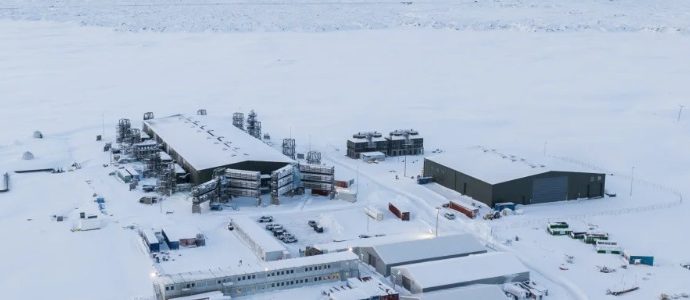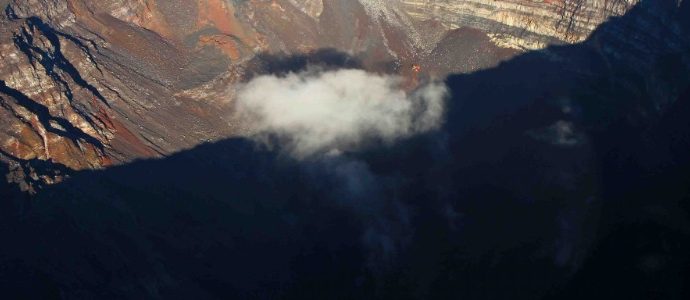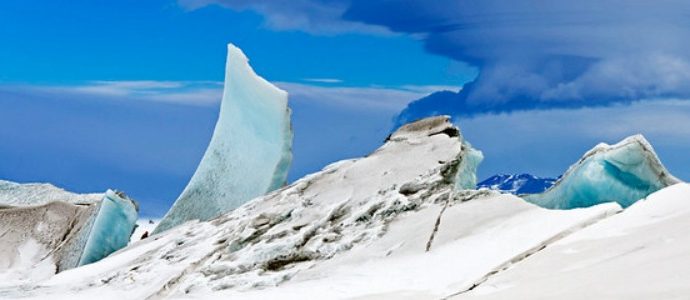The World’s Largest Greenhouse Gas Capture Facility Just Went Online in Iceland
The world’s largest carbon dioxide capture facility has begun operations in Hellisheiði, Iceland, a pivotal milestone in the development of what is known as direct air capture (DAC), technologies that are aimed at scrubbing the atmosphere of excess carbon dioxide. Although a drastic reduction in the amount of human-based CO2read more


